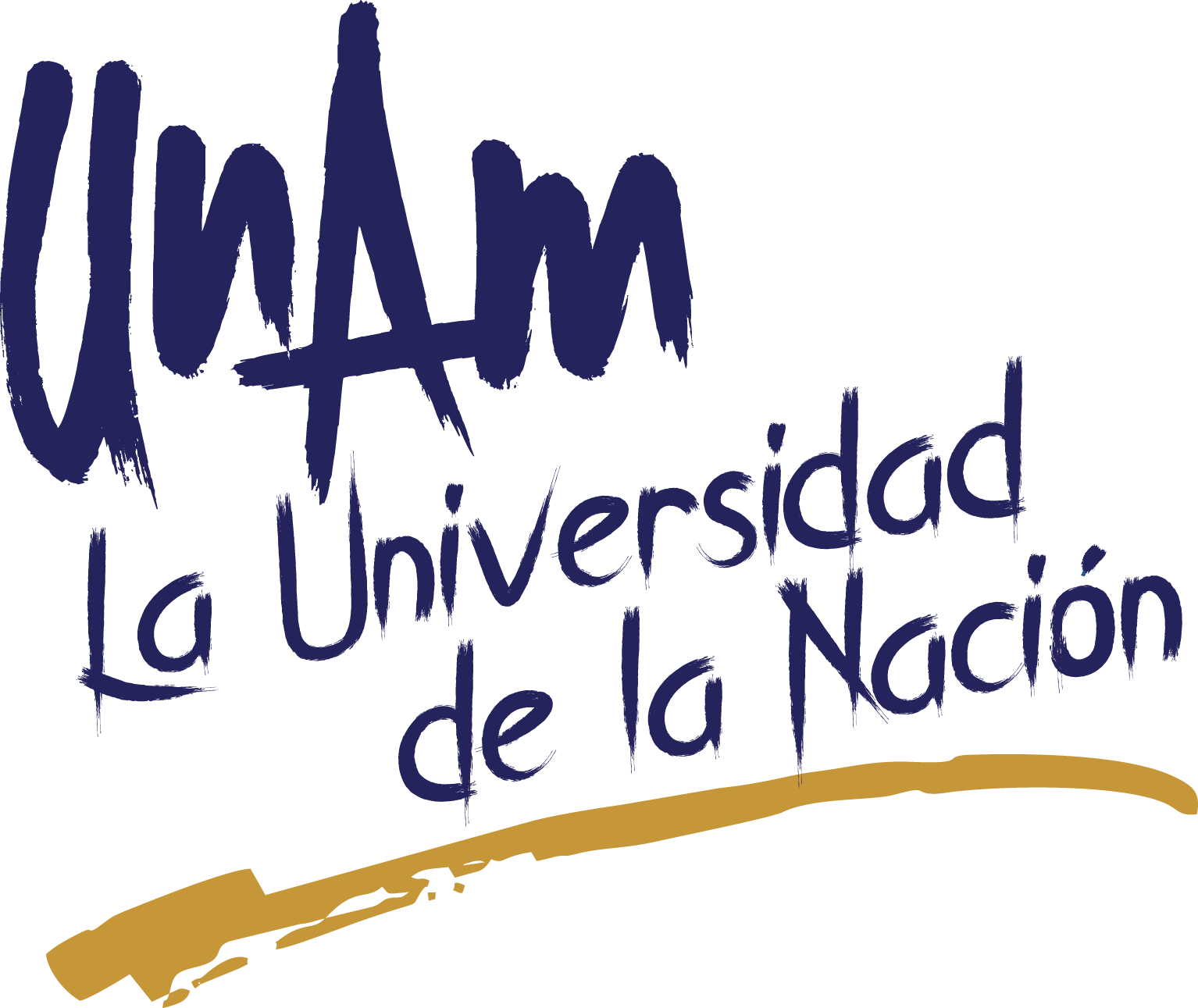I will present a brief review on the characterization of the intracluster light (ICL) and the origin of this stellar component of the largest virialized structures in the Universe. In particular, different photometric methods to separate the ICL from the brightest central galaxy (BCG) will be discussed. Different methods give very different fractions of the ICL, which poses a problem for comparisons with theoretical predictions. From an analysis of the 700 most massive clusters from the TNG300 hydrodynamical simulation, we explore different aperture radii to nominally separate the ICL from the BCG and calculate the ICL stellar mass fractions. We find that 2r_half, where r_half is the radius containing half the BCG+ICL stellar mass, seems to be a reasonable and physically motivated criterion to nominally separate the ICL from the BCG. Our results suggest that in more concentrated/earlier assembled/more relaxed clusters more stellar mass is lost from the satellites (by tidal stripping, disruption, and mergers) in favour of the ICL and BCG components. Indeed, we find that ex-situ stars dominate both in the BCG and ICL masses (more in the latter), with mergers contributing more to the BCG, while tidal stripping contributes more to the ICL. Finally, preliminary results from more direct comparisons with observations will be presented.


